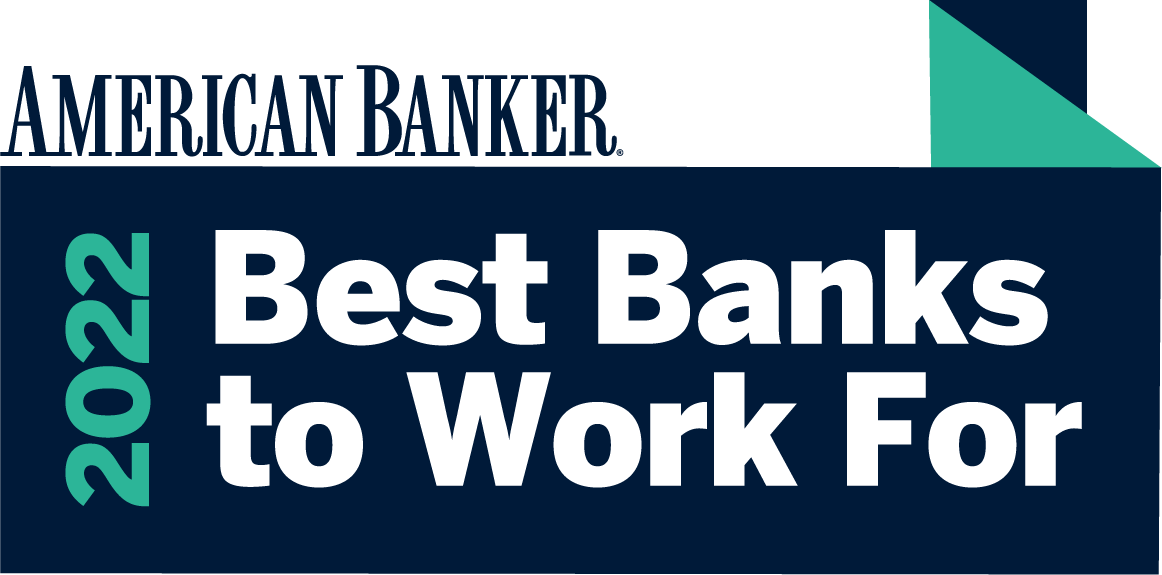The current worldwide health and economic situation is testing our resilience to withstand a significant adverse event. And, among the many lessons we will learn from this historical moment will be the importance of being financially prepared.
It’s never too late to learn good financial habits! Paying attention to your financial wellness is as important as having an annual health check-up. This applies to adults as well as children. From pre-school to college, teaching kids how to manage money can help them grow up to be financially prepared adults.
No matter how dynamic the financial components of life become, the same basic concepts to understanding and managing money can serve both children and adults. Take a closer look to see how you can use these three financial principles to teach kids about money and strengthen your own financial wellness.
1. Understanding Wants vs. Needs
Kids/Teens: Learn to recognize practical spending
Once kids start to understand the purpose of money, it’s important to help them recognize the difference between wants and needs. This is the first step to grasping the importance of setting boundaries in order to be a responsible spender. If they know that needs are a priority, they will be more successful at setting practical perimeters to manage their money.
Action step: When shopping, discuss your purchases with kids to teach them how to weigh the pros and cons of buying something. Incorporate the wants versus needs lesson and, if there’s not enough money to make a special purchase, use the opportunity to review options to set up a plan to save money to buy items on the “wants” list. You might be surprised at the clever ideas kids come up with to make good financial decisions.
Adults: Acknowledge the long-term significance of spending habits and make adjustments.
With time and experience, it’s easier to compartmentalize wants and needs. However, the lines between the two may become blurred as purchasing power and life demands shift. During one phase of life, buying a new car may be the financial focus. Then, years down the road, it may be growing a college savings fund for a child. As financial goals become more complex, it becomes increasingly necessary to put spending habits in perspective. Sometimes the basic wants versus needs test can get you back on track to better money management.
Action step: Take a closer look at your budget and spending habits to analyze whether need and want categories should be reorganized for the benefit of your longer-term savings goals.
2. Saving with Purpose
Kids/Teens: Understand cause and effect.
Kids often live in the moment so it can be hard for them to focus on saving money rather than the instant gratification of buying something. It’s important to encourage a thought process to help them recognize the cause and effect of a decision. Once they know that buying a toy today may mean not having enough money for another item they really want, kids will begin to learn how to balance the rewards of temptation and patience. Saving money is a conscious decision and a habit that must be intentional.
Action step: Use a visual incentive chart to help kids conceptualize how they can budget their money to reach a financial goal such as buying a new toy or video game. Include a column for long-term savings and encourage them to pay themselves first – a concept that will work well for them in adulthood when being financially secure is so important.
Adults: Set clear and realistic objectives.
Making progress to improve your financial security requires clear intentions. When goals are not well defined, the likelihood of reaching them decreases. You need a game plan in place to help you through emergency situations and to save larger sums of money for things like taking a dream vacation, paying off student debt, a down payment on a house or preparing for your retirement.
Action step: Write down financial goals, map out a savings timeline, and commit to a process with actionable steps—then perform an annual checkup to make sure your plan is on target. Tip: include a goal to save enough money to cover six months of expenses in the event of an emergency.
3. Protect Your Assets
Kids/Teens: Utilize a bank to keep money safe.
Piggy banks can only do so much for dollars and coins. When emphasizing the value of money, remind kids how important it is to keep it safe. Have a conversation about why it might be wiser to store money at the bank rather than in their secret hiding place. Explain why money kept at home cannot be replaced if it is stolen or damaged, but how the money is protected and safe at a bank.
Action step: If your child or teen doesn’t have their own bank account already, help them open a savings or checking account in their name. Let them take an active role to manage it by showing them the types of transactions they can make and how they can track their account balance.
Adults: Manage finances regularly to identify criminal activity
Guarding your personal data and finances is critical to protecting your assets. Use your online and mobile banking service to check your accounts daily—it is one of the best ways to catch theft early. And visit reputable sites such as the Consumer Financial Protection Bureau or FBI.gov to learn about the latest scams and frauds that could put you at risk.
Action step: Utilize your bank’s online and mobile banking services if you aren’t already doing so! If you suspect any type of criminal activity on your accounts, contact the bank immediately.
As life changes, these three fundamental financial lessons can always serve as your foundation to establish responsible money management skills and financial security. Financial literacy is learned over time, but the sooner those basic principles are introduced and practiced, the better your financial wellness will be.
Lakeland Bank can support your banking and financial needs. Stop by the nearest Lakeland Bank branch or visit LakelandBank.com to learn how we can assist you.




